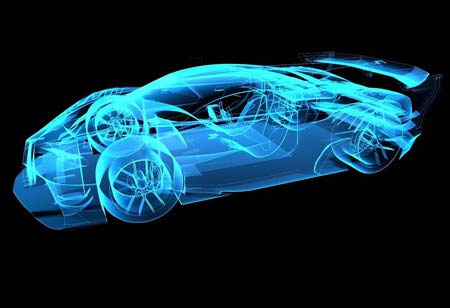THANK YOU FOR SUBSCRIBING
THANK YOU FOR SUBSCRIBING
Be first to read the latest tech news, Industry Leader's Insights, and CIO interviews of medium and large enterprises exclusively from Auto Tech Outlook

By
Auto Tech Outlook | Monday, January 10, 2022
Stay ahead of the industry with exclusive feature stories on the top companies, expert insights and the latest news delivered straight to your inbox. Subscribe today.
Safety and Security, which critically goes hand-in-hand are pivotal factors in achieving increased efficiency in the automobile sector.
FREMONT, CA: The automotive industry is likely to be experiencing technology-driven innovation in recent years as a result of the induced reliability of cars on electronic devices. That is, the electrification of vehicles and advanced driver assistance systems, in addition to the soaring challenges in the sector of autonomous driving, have considerably stimulated the need for embedded electronics. For instance, a modern car incorporates nearly 80 ECUs (Electronic Control Units) and is anticipated to level up further via vehicle connectivity (V2X), replacement of functions with counterparts (X-by-wire), and driving automation.
However, several subsystems driven by the ECU perform pivotal functions, thus requiring an induced level of safety and security. Therefore, increased X-by-wire or autonomous control capabilities with advanced safety and security feature have become a mere necessity with the increased requirement for content protection in infotainment systems. The surging threats to car computer systems from varied manufacturers have highly elevated the critical needs for vehicle safety, comparatively.
Wherein the innovation embedded in next-generation cars is likely stimulating the need for safety and security in recent years that concerns automotive engineering. It is functional safety that gains critical attention among the physical integrity of the driver, passengers, and other users, with varied classifications like active and passive. That is, while the former systems include brake assist, an anti-lock braking system (ABS), electronic stability control, and collision warning, the latter encompasses seat belts, airbags, or fuel tank position.
Furthermore, security is critical in terms of addressing the level of protection from external threats due to its ability to incorporate measures that are likely to be used in protecting systems from data attacks. Hence, the security systems comprise alarms, remote keyless entry, centralised locking systems, and immobilisers, enabling an efficient security measure in the automobile sector.
Because safety and security go hand in hand in a sector, overcoming obstacles such as thefts and other failures frequently encompasses both safety and security relatively. In addition, the legal requirements to ensure product reliability and compliance with the required security levels are enlisted following automotive industry standards. That is, an ISO concealed authorization procedure guides designers with the procedure, on account of a secure hardware or software development life cycle. Transport Layer and Internet Protocol Security (TLS and IPsec) have an induced significance in communication between various ECUs.
Therefore, with an established alignment between safety and security-aware development, more accurate and intensified protection measures are likely to be favoured, enabling reliable means of assessing an achieved level of security.
 Copyright © 2025 AutoTech Outlook. All Rights Reserved | Privacy Policy | Subscribe | Sitemap | About us | Feedback Policy | Editorial Policy
Copyright © 2025 AutoTech Outlook. All Rights Reserved | Privacy Policy | Subscribe | Sitemap | About us | Feedback Policy | Editorial Policy 



